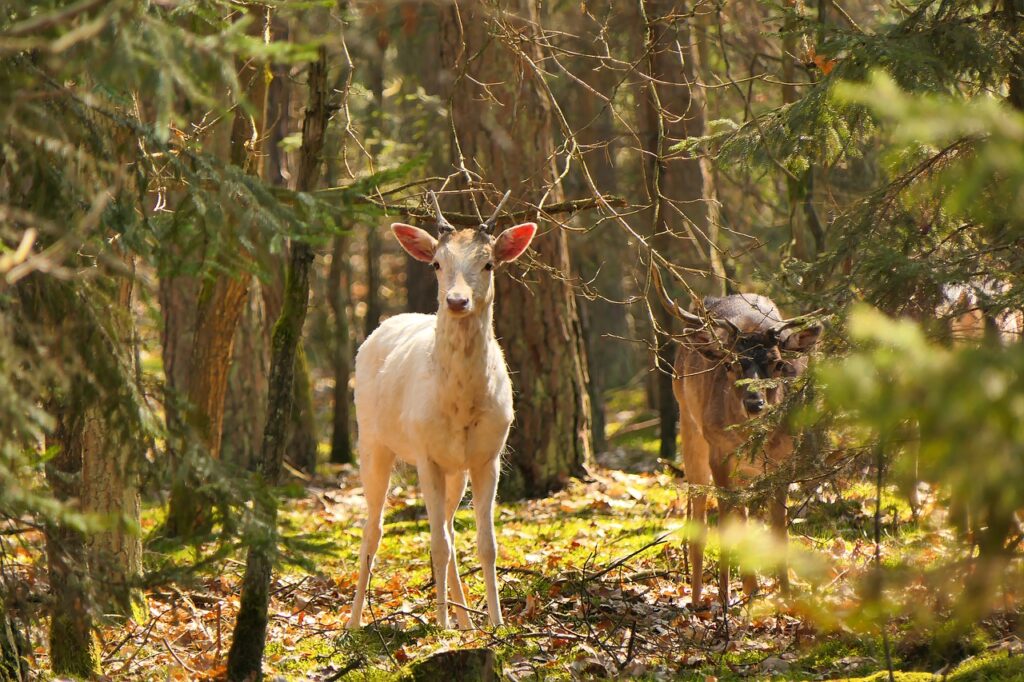Celtic Druids and Their Relationship with Nature
Their Relationship with Nature reveal a mystical, purposeful worldview where sacred plants, symbolic animals, and ritual magic intertwine to connect the material world with the Otherworld.

Contrary to the popular RPG stereotype of druids as “forest lovers,” historical Celtic druids do not revere nature for its own sake. Instead, they recognize the interconnectedness and purpose of all living things. Every creature, plant, or tree has a role and utility. When an animal dies, no part goes to waste—its meat feeds, its hide makes clothing, and bones or other parts serve medicinal, magical, or ritual purposes. Similarly, plants and trees provide materials for healing, construction, and ritual magic.
Druids and the Tuatha Dé Danann
By Dominique Crouzet
Druids remain deeply tied to the Tuatha Dé Danann mythos, acting as mediators between the material world and the Otherworld. Central to this worldview is the sacredness of plants and trees, which represent balance, connection, and spiritual power.
Sacred Plants and Trees
- Hazel Tree: Symbol of wisdom; associated with the Salmon of Knowledge.
- Oak (Duir): Known as the king of the forest, symbolizing strength and mysteries. Druids teach under oaks, and the tree supports the sacred mistletoe.
- Walnut Tree: Feared; associated with danger in folklore. Witches use its leaves in magic.
- Willow: Linked to prophecy and second sight.
- Yew: Connected with death and rebirth; a bridge between worlds. Druids use its wood to make magical tablets.
- Mistletoe: The most sacred druidic plant. It grows parasitically on oak or yew and is considered a solar plant. Druids gather it only with ritual purification and visions. It enhances spells against undead or evil outsiders (2d4 spells, metamagic benefits allowed).
Sacred Animals
Druids assign symbolic and magical significance to animals, reflecting qualities or messages from the Otherworld.
- Boar: Strength, courage, warrior qualities.
- Cow: Fertility, wealth, and social status.
- Crow: Messenger of the Otherworld, linked to certain deities.
- Deer: Represents faith and may signal entrances to the Otherworld.
- Dog: Loyal companion; often acts as an animal familiar.
- Horse: Sacred, especially white horses, linked to goddesses like Rhiannon/Epona.
- Salmon: Embodies wisdom (e.g., Salmon of Knowledge).
- Serpent and Dragons: Symbolize inner potential and hidden power.
Sanctity of Hunting
Hunting serves both practical and spiritual purposes. Animals hold economic and ritual importance, and hunting deities often display animal characteristics—such as antlers or partial animal forms—signifying reverence and utility. These figures embody regeneration, fertility, and life cycles:
- Fruit and grain: Represent fecundity.
- Animals that shed skins or antlers (deer, snakes): Symbolize growth and rebirth.
Celtic thought emphasizes the interconnected cycles of life and the Otherworld, rather than romanticized “nature worship.” Hunting, plant gathering, and animal symbolism all reflect a pragmatic spirituality that blends survival with magic and ritual.

 Buy me a coffee
Buy me a coffee